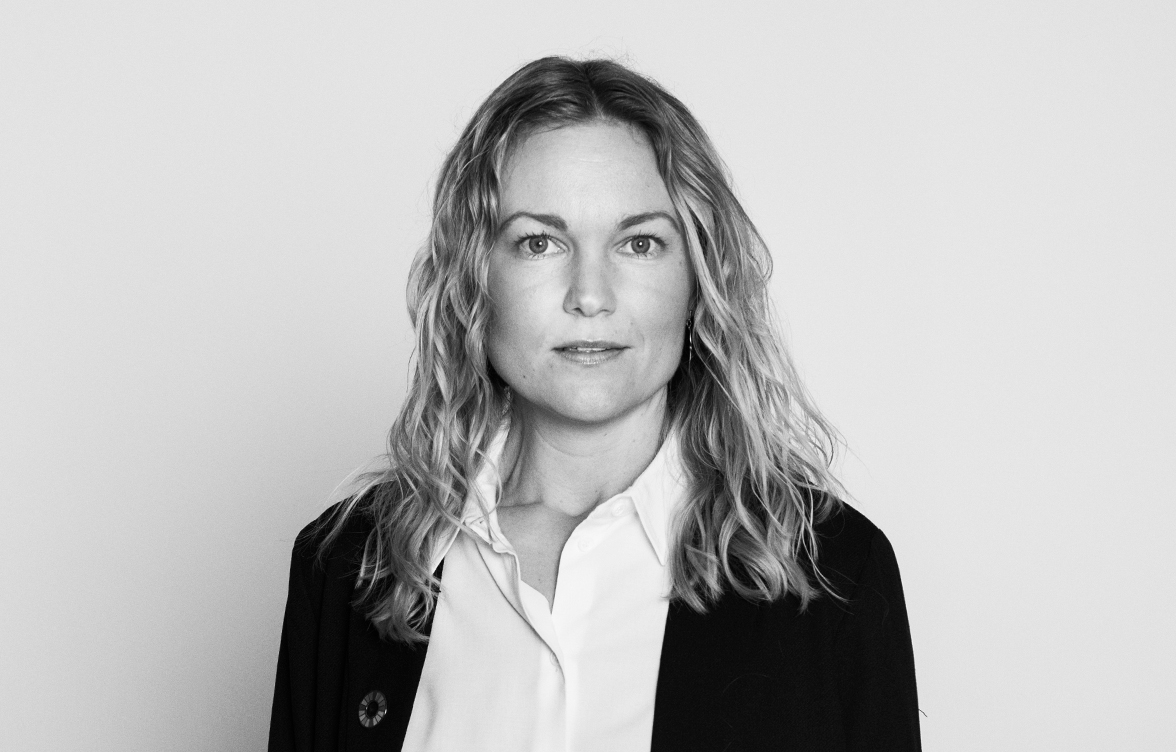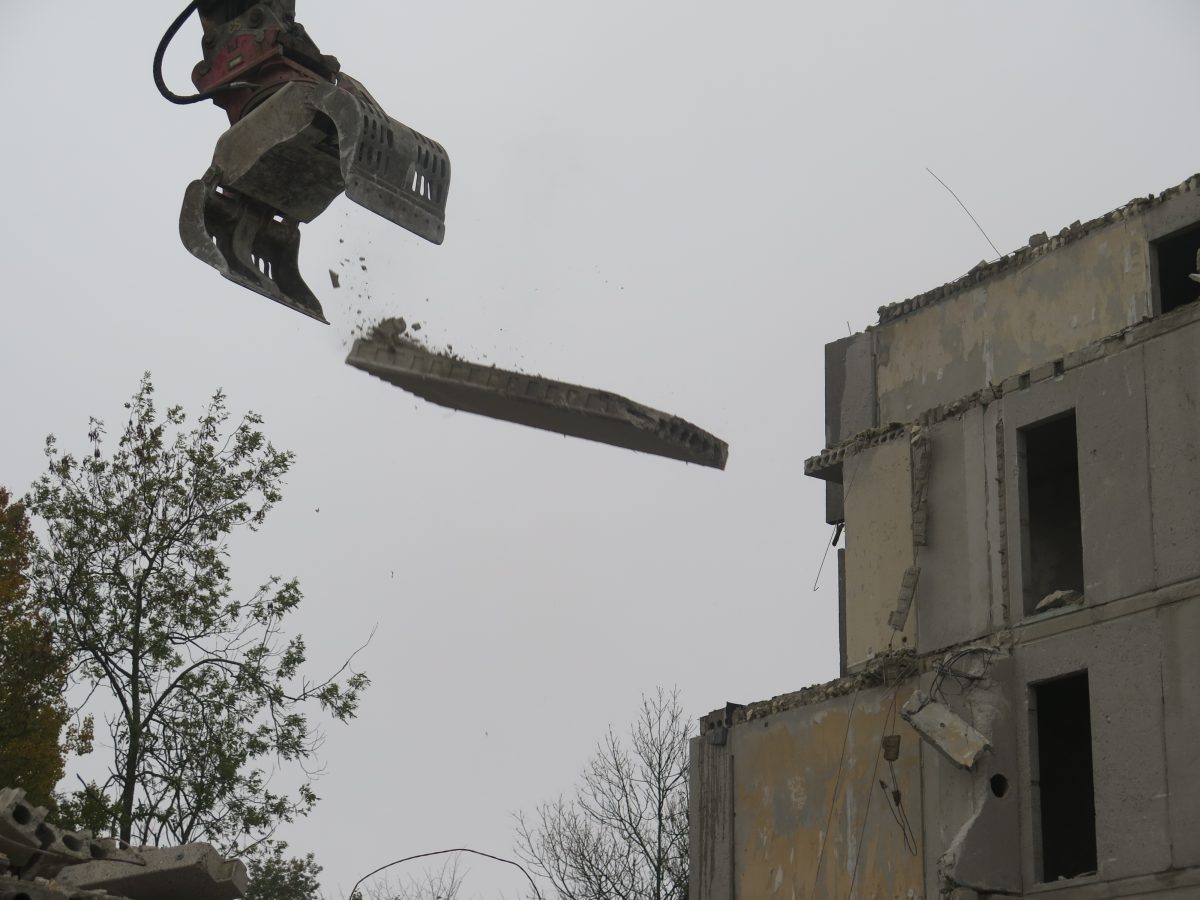
Hvid is working at Europe’s leading engineering and architecture consultancy, Sweco, in the department of Infrastructure, Water and Environment, in a team focusing on Water and Climate. She’s also an expert in the UN 17 Development Goals and has been a big part of creating the new Danish indicators for all the UN 17 goals. Denmark is the first country to develop its own national indicators in a project created for Statistics of Denmark.
— I have great experience with urban planning and climate-adapted urban space and landscape design as well as cloudburst planning and master plans for existing and future cities and urban areas, she tells.
Each year, Sweco publishes a series of reports, based on facts and research written by their experts from numerous sectors, as part of their initiative Urban Insight. Together with her colleague, Daniel Hojniak, Camilla Hvid has written one of the latest, Healthy Buildings, Cities and You.
— It investigates and discusses how we as engineers and architects can design future cities and buildings with people’s health in mind. How can the city and buildings contribute to our health? When we as architects and engineers build and create new cities, urban areas, and buildings, it has a huge impact on people’s health. The perceived environment and the local climate affect people’s physical and mental health and it is a relevant topic to touch upon because more than 50 % of the world’s population lives in urban areas, and it is predicted to reach 70 % in the year 2050. The way we design and develop our future cities is therefore crucial for our health and wellbeing. In the report, we write about different factors affecting our health both mentally and physically. This includes how greenery in the city, and inside buildings, affect us, what air quality does to our health and what we can do to improve it, how Light and its different colors affect us, what noise pollution does to our health, and how the design of the city and the buildings affect our movement and thereby our physical health. How can we design cities and buildings to help improve human health and happiness?
Can you share any insights from the report?
— One of the interesting findings is that indoor plants can help clean our indoor air and improve indoor air quality. Potted plants can remove 10-50 micrograms of formaldehyde per square meter per hour. Another one is that the presence of plants in indoor environments increases employees’ productivity and reduces absence due to sickness. But also the view out the window has an impact on our mental health and plays a vital role in our daily wellbeing. People who have a view to green is better to concentrate and a study has shown that people who had a green view solved a test 19 % faster than those who didn’t, Hvid shares, continuing,
— Designing our cities and buildings more green would not only benefit human health and wellbeing. If planned well, it would also help creating more living areas for insects, animals, and plants and improve biodiversity. The biodiversity around the world is in great danger, and a lot of species are in danger of extinction. We, therefore, as engineers, architects, and biologists, have a great responsibility to design future cities and buildings, not only for people but for biodiversity.
And, on this topic, can you share any good examples and what they’re doing right?
— There is especially a big opportunity to incorporate the green in our buildings, on facades, and on roofs. And it would especially benefit if planned with diverse and various species. Sadly, the green roofs, facades, and trees are often the first thing to be reduced or executed in a project, if it is needed to reduce the cost. The cities and municipalities can help cope with this issue by setting up roles and requirements for establishing green roofs on new buildings and if possible on existing buildings being renovated. In Basel, a city in Switzerland, the inner city has made it a requirement that all houses, offices, and other buildings with flat roofs, new as old, shall cover empty roof space with biodiverse greenery. With this green roof mandate, there is now five square metres of green space per inhabitant. This is the highest amount in any city, anywhere in the world.
— One of my favorite projects I have been a big part of, is the transformation of an old abated wastewater treatment plant into a new industrial park — Ålebækken Ruinpark — located in Virum, a small city in Denmark. Since the old wastewater treatment plant Ålebækken closed in 1980, it’s been a closed contaminated area, not accessible for the public. The project, made for Lyngby Taarbæk Utility Company, includes a climate adaptation project, handling sewage water and rainwater from the surrounding catchment area, in underground basins and thereby securing fewer outlets of sewage water into the local stream. It began back in 2014 when the park had just been open to the public and the first ideas to the transformation of it began. The main idea of the project is to make the water quality better in the nearby stream, and at the same time give the citizens a new green area. And instead of demolishing the old treatment plant, we have kept the old industrial structures, made a lot of internal soil movement to encapsulate the contaminated soil, and bring the clean soil on top. We have kept all trees that were possible. A project where the focus has been to reuse, reduce, and recycle, Hvid concludes.


